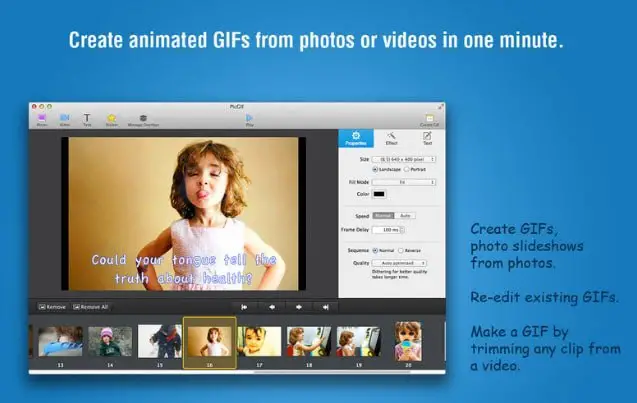


Nowadays, it seems there isn’t a situation where a well-played GIF doesn’t make sense. In short, the animated GIF, perhaps more than any other file type, came to define the social media era. The previously forgotten GIF became a darling of the social media world for its empathy, humor, and uncanny relatability. People used them to express abstract emotions and reactions to particular experiences. Over time, GIFs started popping up in blog posts and quickly became ubiquitous throughout social media. The GIF transformed, like some sort of Internet-age caterpillar, crawling into a networked cocoon and experiencing a creative, social, and even intellectual metamorphosis. They scoffed at the idea they were ever considered acceptable in professional spaces.īut a funny thing happened with the emergence of Web 2.0 and social media. Popular in the early ages of the Internet as a way to add texture and pizzazz to dull websites, they fell by the wayside as other, more exciting innovations gave web and content creators new means to express their creativity.Īt a point, many people maligned the lowly GIF as childish and outdated, a relic of a bygone era. The animated GIF is, if anything, a storied file type. There is the viral video, the great image and caption screenshot, the clever tweet, and even the tried and true blog post.īut nothing has achieved the popularity or shown to have such awesome versatility and creative power as the animated GIF. In the pantheon of great social media content types, there are many respectable entries.


 0 kommentar(er)
0 kommentar(er)
